1. Sharks Aren’t the Real Danger
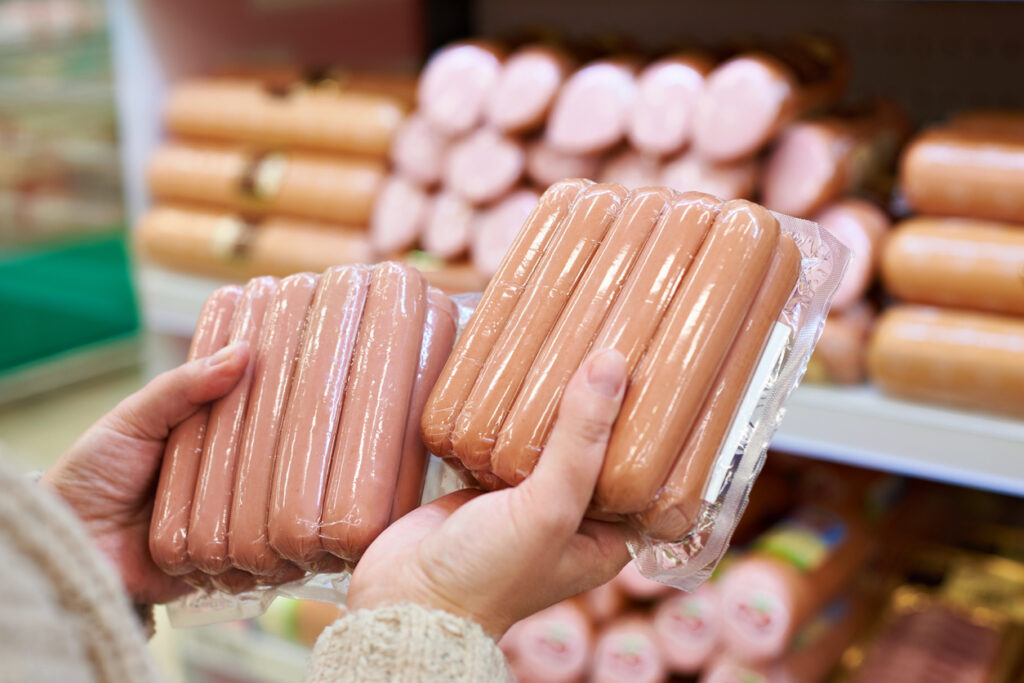
Sharks kill about five people globally each year, but plenty of everyday things are far deadlier. From falling out of bed to choking on your lunch, these surprising hazards each kill fewer than 100 people annually yet still far more than sharks. Hot dogs are one example. This all-American favorite, a staple at cookouts and baseball games, causes about 80 choking deaths in the U.S. each year. Their round, slippery shape makes them especially hazardous for children. Something so ordinary and comforting in our meals quietly turns into a leading cause of accidental fatalities that rarely make the news.
2. Bees and Wasps
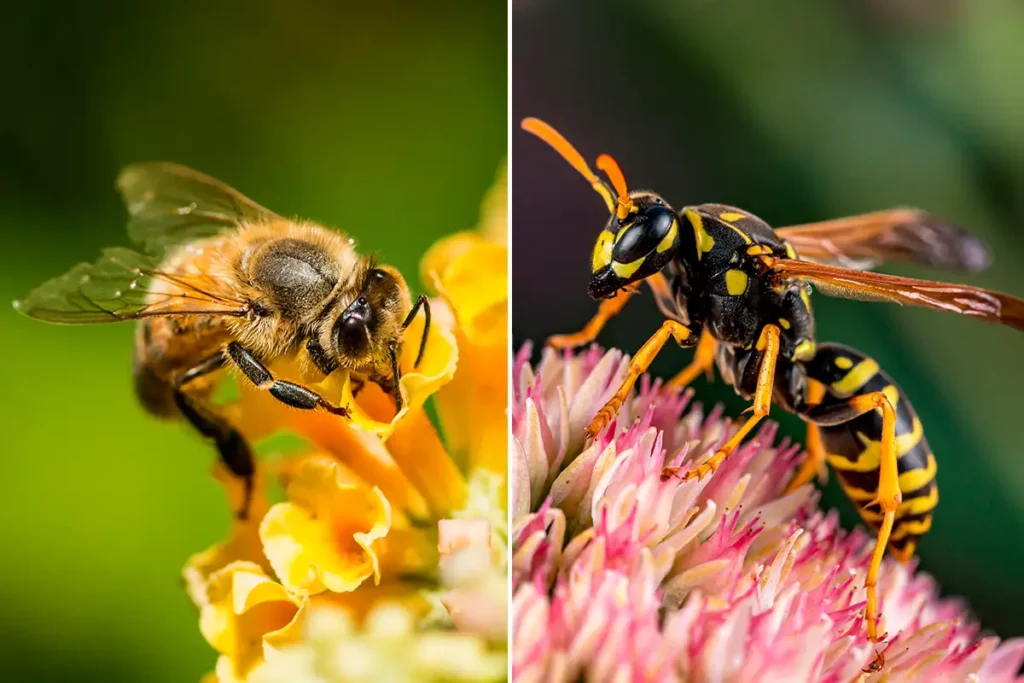
Sweet summer afternoons often come with buzzing companions that do more harm than most realize. Bees and wasps, while vital for pollination, can be deadly to those with severe allergies. In the U.S., more than 60 people die annually from anaphylaxis triggered by stings. What starts as a picnic or gardening session can suddenly turn into a medical emergency. These insects remind us that even small creatures can pose big risks. Unlike sharks we rarely encounter, bees and wasps are everywhere, proving that familiar dangers are often the ones that deserve the most respect and preparation in daily life.
3. Champagne Corks

Celebrations are meant for joy, yet even they hide surprising dangers. A champagne cork can fly at speeds fast enough to cause serious injury or worse. Around 24 people die worldwide each year from accidents caused by flying corks. Many of these incidents happen during weddings, birthdays, or holiday toasts, moments when caution feels far away. A cork popping across a crowded room may seem harmless, but it can blind or fatally strike if misdirected. It is another reminder that sometimes the things we use to mark our happiest occasions carry risks that we never really stop to consider.
4. Icicles
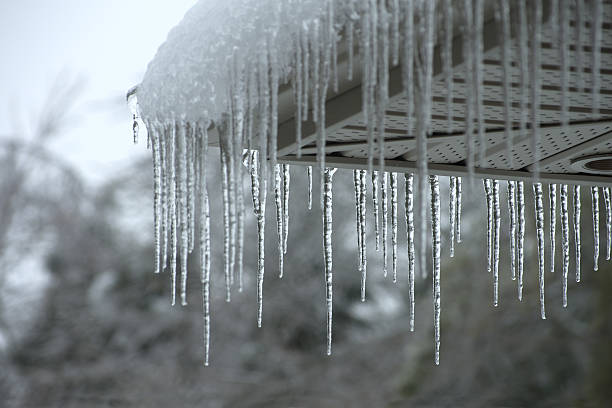
Winter’s sparkling beauty carries a hidden edge. Icicles form on rooftops and ledges, building up silently until the sun warms them just enough to send them crashing down. In the U.S., around 15 people die each year after being struck by falling icicles. Their weight and sharp ends can turn them into deadly missiles in an instant. What looks picturesque against snowy skies can quickly become a hazard for anyone walking below. People in colder climates often learn to glance upward for safety, knowing that even the most enchanting parts of winter can deliver dangerous and unexpected surprises.
5. Vending Machines
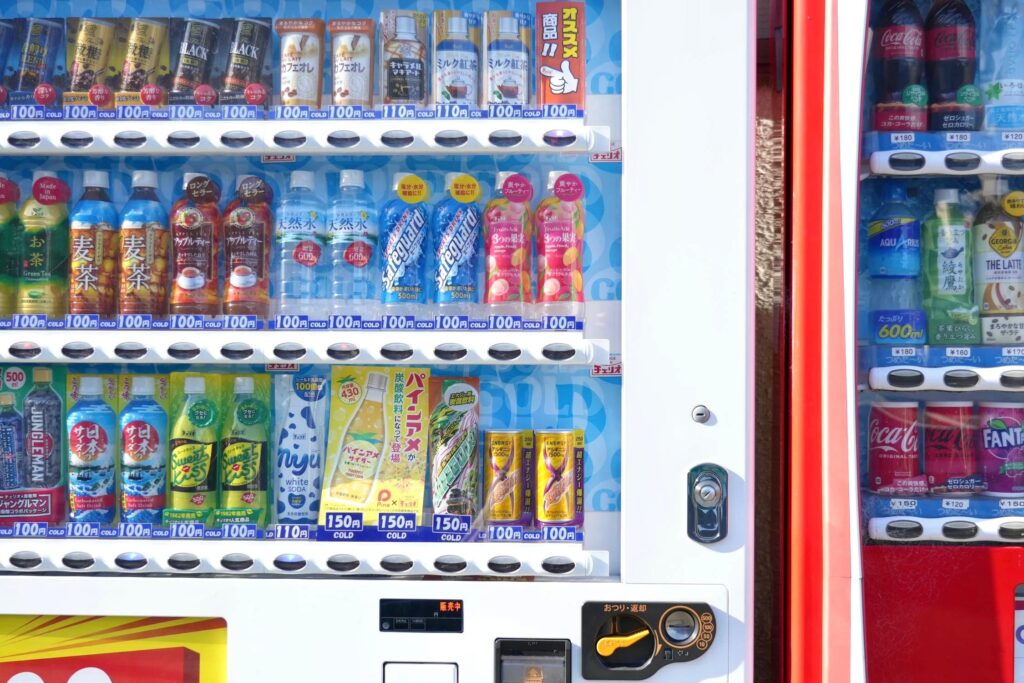
A simple snack run can sometimes turn into something tragic. Vending machines, heavy and towering, tip over more easily than most realize. About 13 people die each year when these machines topple after being shaken or rocked by frustrated users. The weight of the glass and steel can crush instantly, making impatience a deadly choice. We rarely think of vending machines as dangerous, but they stand as proof that ordinary conveniences can hide serious risks. Waiting for help or choosing another snack is always the better option, because no candy bar or soda is worth losing your life over.
6. Selfies
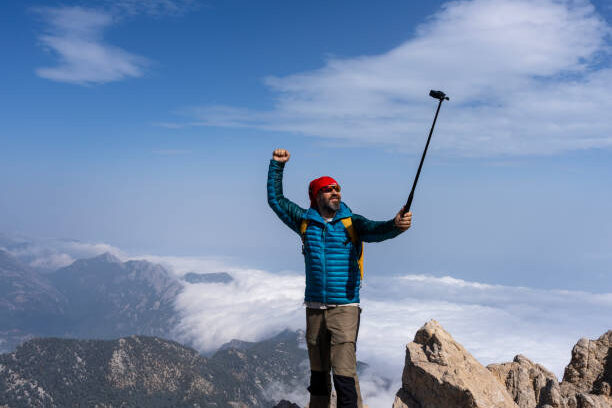
The search for the perfect picture has led many into danger they did not expect. Each year, 30 to 40 people die worldwide while taking selfies in risky places such as cliffs, rooftops, or near moving vehicles. The desire for a dramatic shot often outweighs awareness of the surroundings until it is too late. What begins as a lighthearted moment with friends can turn tragic in seconds. Unlike sharks, selfies are part of everyday life, making them a far more likely hazard. It shows how modern habits, fueled by technology, can sometimes put us in harm’s way without warning.
7. Fireworks
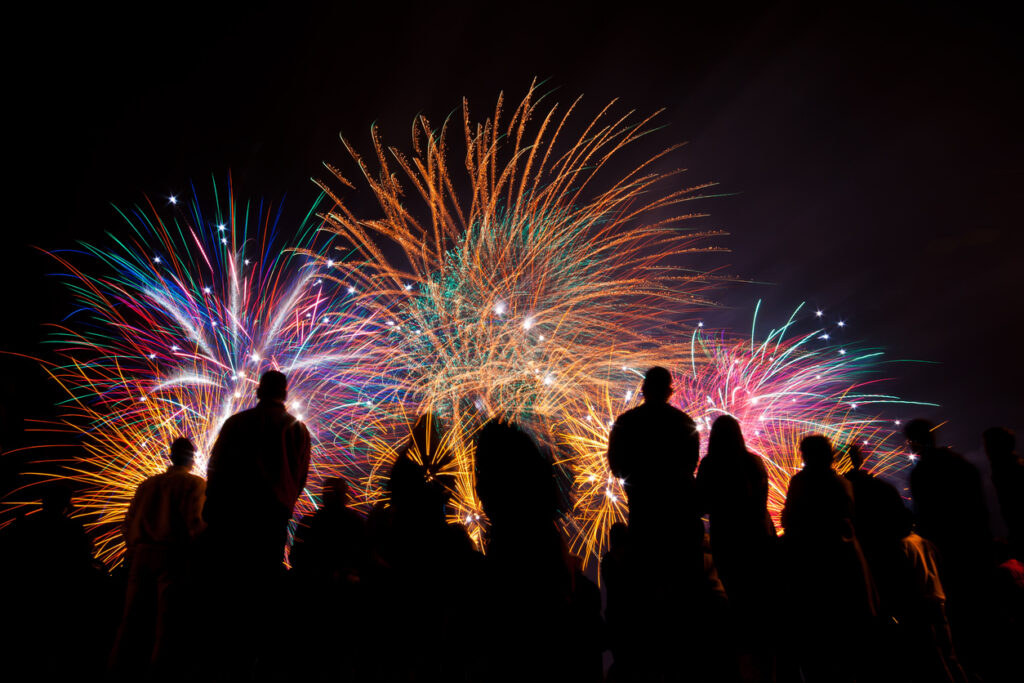
Few things light up the night as beautifully as fireworks, but they also come with real danger. Every year, dozens of people die from fireworks-related accidents in the U.S., often around Independence Day or New Year’s Eve. Mishandling, malfunctioning products, or simply being too close can all cause fatal results. Even professionals are not entirely safe. Families gather with excitement, unaware of how quickly celebration can shift to tragedy. Fireworks bring communities together in joy, yet they are a reminder that beauty and risk sometimes arrive hand in hand, demanding just a little more caution and respect when used.
8. Lightning
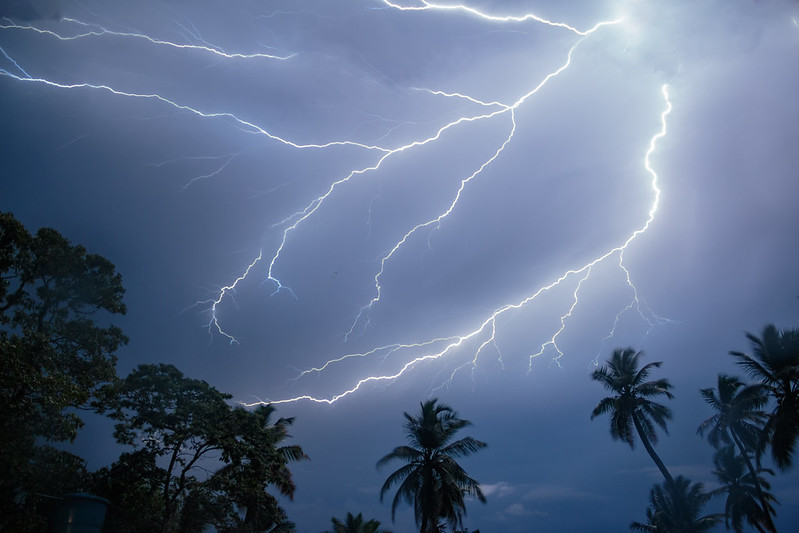
Storms are fascinating to watch, but lightning remains one of nature’s most sudden killers. In the U.S., 20 to 30 people die annually after being struck, often while fishing, hiking, or enjoying outdoor sports. The odds may seem slim, but the consequences are often instant and severe. Survivors can suffer lasting injuries that change their lives forever. Unlike sharks that dominate our fears, lightning lurks silently in the skies above every summer storm. Taking shelter when thunder is heard is a simple step that saves lives, reminding us that respecting nature’s power is always the safer path forward.
9. Dogs
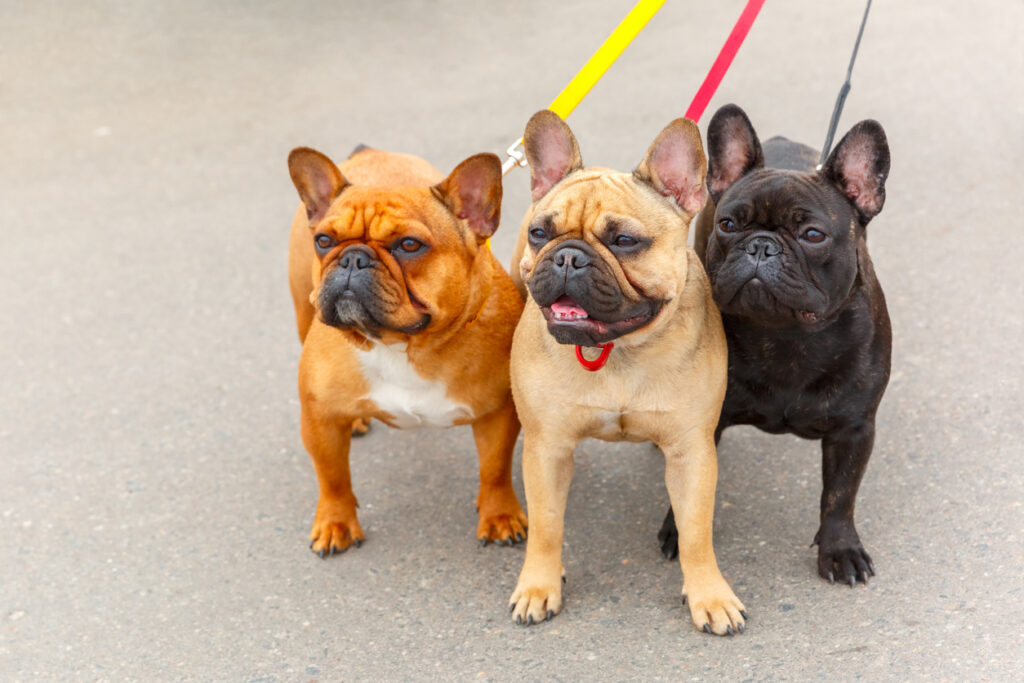
Dogs are beloved companions in countless homes, yet they can sometimes turn dangerous. In the U.S., 30 to 40 people die each year from dog attacks, many of them children. Most incidents involve familiar pets rather than strays, proving how quickly trust can be broken by a sudden change in behavior. Whether from poor training, provocation, or unfortunate circumstances, these attacks leave lasting scars beyond the numbers. We see dogs as family, but tragedies remind us of their strength and instincts. It is a difficult truth, showing that even loveable companions can sometimes bring unexpected risks into our lives.
10. Cows
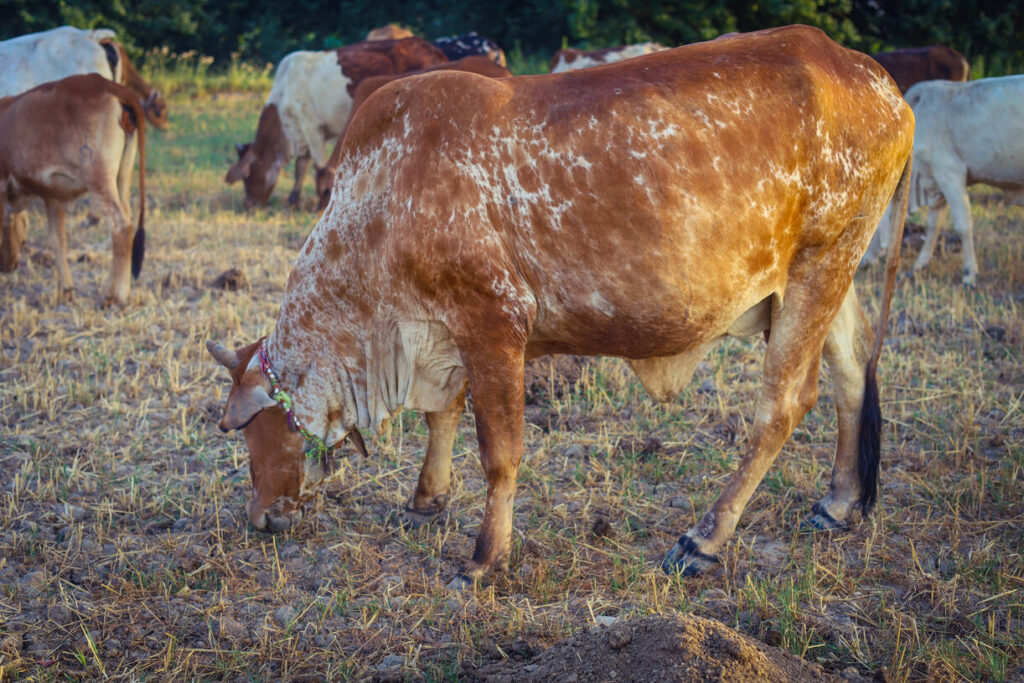
Calm and slow, cows rarely make anyone nervous, yet they are more dangerous than many expect. Each year in the U.S., about 20 people die from cattle-related incidents. Farmers and ranchers are most at risk, facing trampling, charging, or crushing injuries during daily work. The sheer size and weight of these animals mean accidents can become fatal quickly. People often underestimate cows because of their gentle appearance, forgetting that even without aggression, their power is immense. It is another quiet reminder that familiarity does not erase risk, and the animals we depend on deserve caution along with respect.
11. Falling Coconuts

Tropical beaches may seem idyllic, but they carry unusual risks too. Falling coconuts are heavier and more dangerous than most realize. Globally, estimates suggest they kill over 100 people each year, though smaller numbers occur locally in certain areas. A coconut falling from a tall palm can strike with tremendous force, turning paradise into a hazard zone in seconds. Resorts sometimes trim trees for this very reason. It sounds almost humorous until the reality sinks in that something so simple can cause fatal injuries. The unexpected dangers of daily life often come from the very places we least imagine.
12. Jellyfish
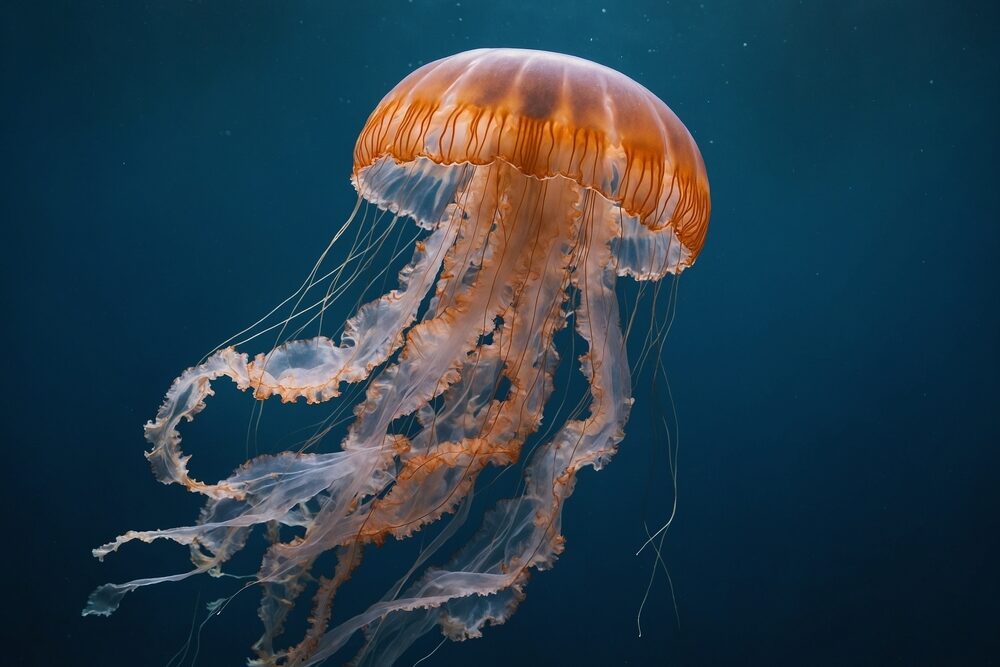
The sea holds mysteries that are far deadlier than sharks, and jellyfish are near the top of that list. Venomous species like the box jellyfish kill 50 to 100 people annually worldwide. Their nearly transparent bodies make them difficult to spot, leaving swimmers vulnerable in warm coastal waters. A sting can cause extreme pain, paralysis, or even cardiac arrest within minutes. Beachgoers in certain regions are often warned to stay alert during jellyfish season. Unlike shark attacks, which are rare and visible, jellyfish injuries happen silently and swiftly, showing how some of the most dangerous threats are hard to see.
13. Horses
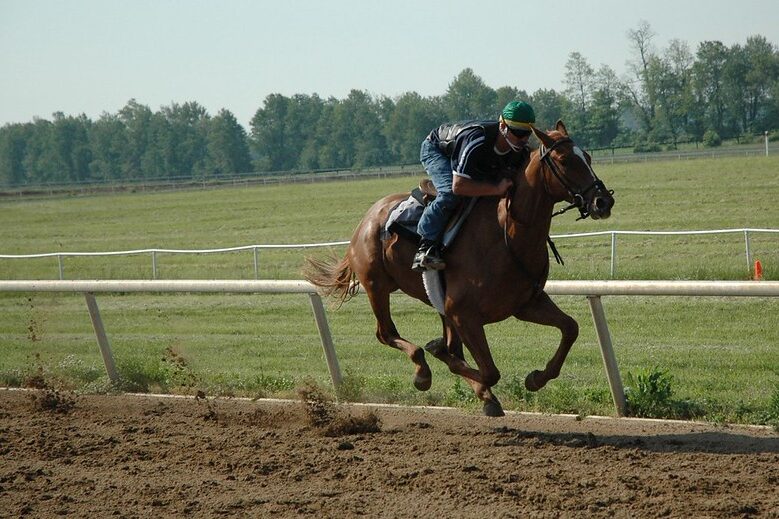
Horses symbolize freedom and sport, yet they are not without risk. Riding accidents, trampling, or even a swift kick can turn deadly. In the U.S., dozens of fatalities occur each year involving horses, affecting both beginners and experienced riders alike. Falls are particularly dangerous, often causing head or spinal injuries. Many riders describe horses as gentle giants, but their sheer power makes accidents inevitable in some cases. Enjoying the bond with these animals requires both skill and respect. Horses remind us that even in treasured hobbies and traditions, hidden risks exist, blending beauty and danger in equal measure.
14. ATVs
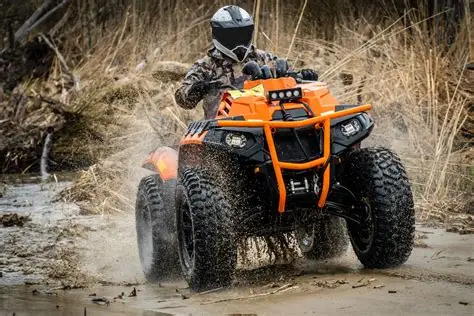
Adventurous rides often come with a price. All-terrain vehicles, or ATVs, are responsible for around 60 to 80 deaths annually in the U.S. Rollovers, collisions, and high-speed stunts are common causes, often involving young riders or those without protective gear. Despite safety campaigns, many treat ATVs casually, forgetting their size and power. A fun weekend ride can quickly become tragic without proper caution. Compared to the rare chance of meeting a shark, ATV accidents are a far more likely threat. These machines highlight how thrill-seeking sometimes turns into tragedy, especially when the risks are underestimated or ignored.
15. Bathtubs

The quiet comfort of a warm bath hides surprising danger. Bathtubs are responsible for dozens of deaths each year, often from slips, falls, or drownings. The elderly and young children are most vulnerable, but no one is entirely immune. Bathrooms in general rank among the most hazardous rooms in the home because of slippery surfaces and hard edges. A moment meant for relaxation can become fatal in an instant. Unlike the drama of shark attacks, bathtub deaths are silent and close to home, reminding us that life’s greatest risks sometimes wait where we feel safest and most comfortable.
This story 15 Everyday Things That Kill More People Than Sharks was first published on Daily FETCH


